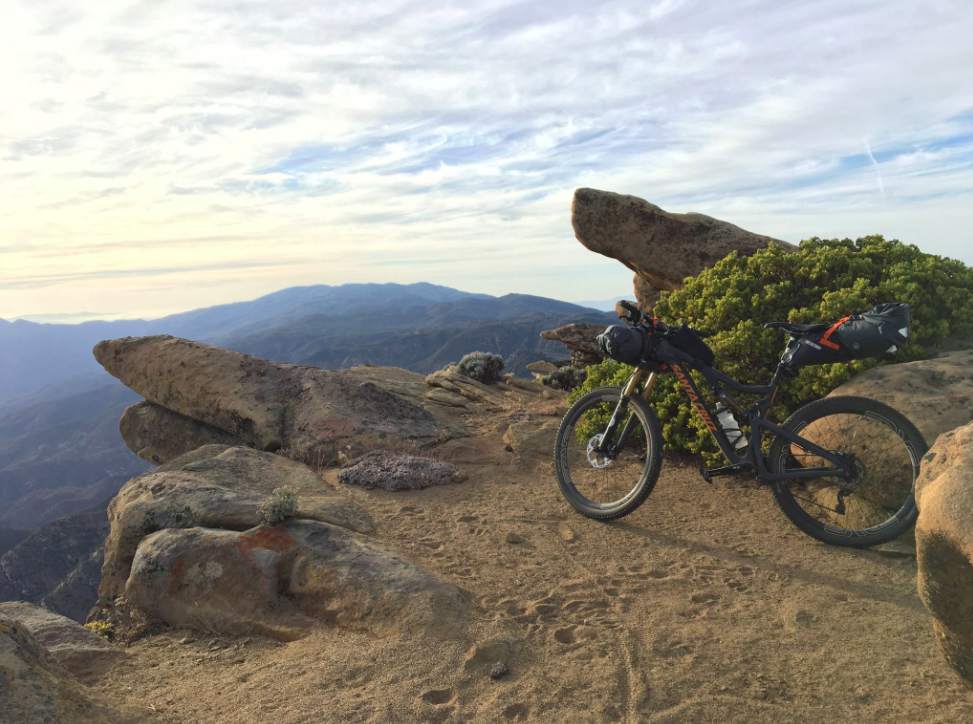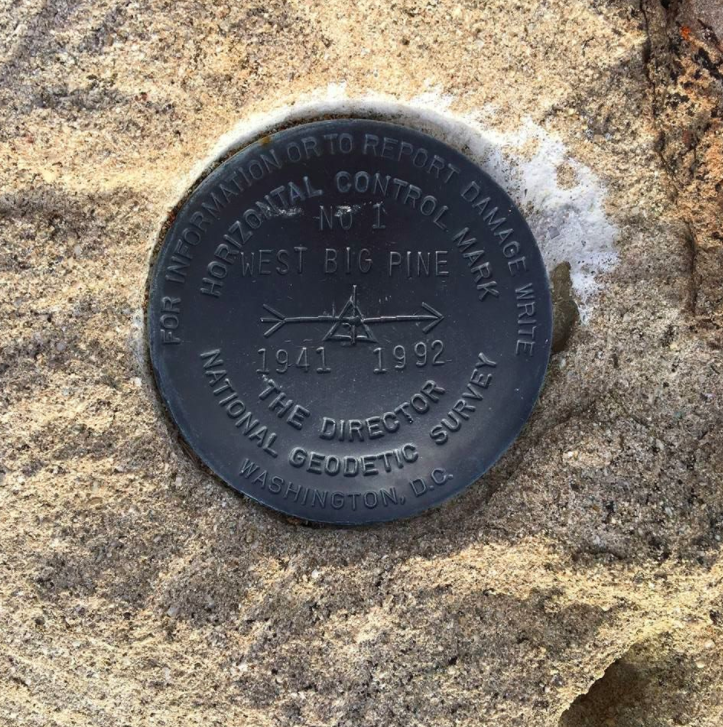How to: Pack for a backcountry bikepacking trip
Originally posted on August 16, 2017 at 1:43 amWords by Jeffrey Stern, photos by Dylan Jones
One of the best things about mountain biking is planning for the excitement and adventure of escape. Escape from the real world, into mountains and pastures unknown that can lead to any number of amazing experiences. Simply planning an overnight trip of any magnitude stirs the pot of thrill and prepares you mentally for exiting the confines of society: roads, cars, traffic and often times unnecessary business.
Heading off into the wilderness often requires a bit of planning and preparation, but you likely have most of what you need in the form of camping and biking gear ready and waiting for your use.
On a recent overnighter deep into the vast Los Padres National Forest and to the summit of Big Pine Mountain, we packed smart for what were fairly extreme conditions for an early summer trip. Highs jumping into the 90s during the heat of the day and lows with windchill dipping into the 30s at night required us to bring enough gear to be ready, while not overloading our mountain bikes. After a few dozen trips, we’ve whittled down the essentials to one list divided into three sub-groups.

Cooking/Food/Water – bring more than enough food
As a general rule of thumb, bring one extra meal and a couple extra snacks more than you think you might need. If you’re planning to spend 36 hours out in the wild (one night), bring another meal and a few extra energy bars of your choice just in case it turns into a two nighter. Same goes for water, especially in the hotter summer months. It’s easy to run through double the amount of liquids when carrying an extra heavy load. And always, always bring a water filter of some kind. For cooking, we like lightweight gas-fueled portable stoves similar to the Jetboil. A lighter, Swiss Army type multi-tool and double-sided utensil are must haves as well.

Clothing/First Aid – plans for the extremes
Conditions change quickly in the outback, so you need to plan accordingly. Beyond your standard riding gear, always bring an extra base layer and a lightweight, packable jacket for warmth and as well as a rain shell. A second pair of socks, long finger gloves and beanie to keep your head warm if the temperature really dips is a great idea too. Comfortable, warm pants and a compact set of shoes will protect your legs and feet in the evenings from unwanted bug bites or while walking around camp. A simple first aid kit with small bandages, tape, disinfectant, antibiotic ointment, needle/thread, bug spray and tweezers will cover most of your basic injuries. Don’t forget the ever important sunscreen either; a bad sunburn can dehydrate you and put you into a more serious conundrum than you might think.

Bicycle Maintenance/Bags – don’t forget the little things!
Included in your standard (pump, tube, multi-tool, chain link, patch kit, tire boots and irons) flat kit should be an extra tube, extra chain link, extra wheel spoke/nipple, an extra set of shoe cleats, electrical tape, a few random sized hex bolts, and zip ties – all good things to have incase you get in a pinch. On the bag front, we like to carry small backpacks because of their water carrying capacity, but these can be easily replaced with a frame bag if you’re not in too technical of terrain and running a hardtail. A larger seatpost bag should carry most of your bigger volume gear and a smaller handlebar bag can carry items you might want to get to quickly.

Falling outside these three sub-groups, but just as important are lights, a portable USB recharging stick and if you’re really going off the grid consider investing in a satellite GPS device. Don’t forget your lightweight tent (or hammock), sleeping bag and pad so you can enjoy your rest in comfort before heading home the next day!

What are some of your bikepacking essentials and packing tips? Let us know in the comments!